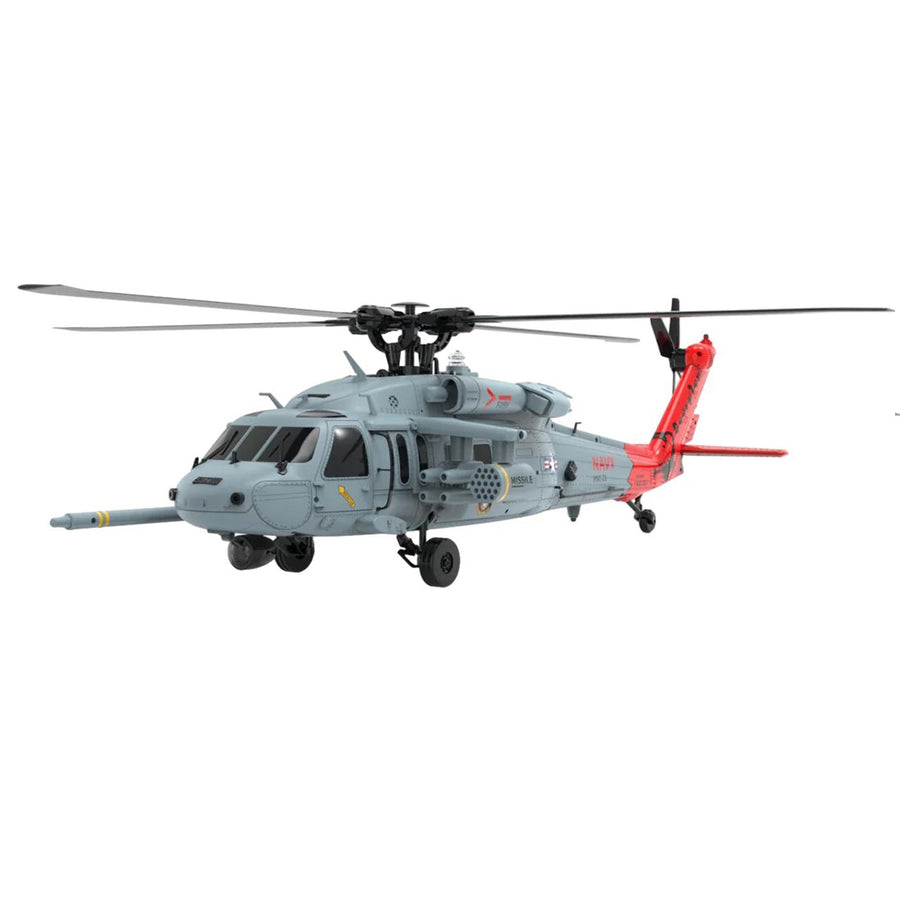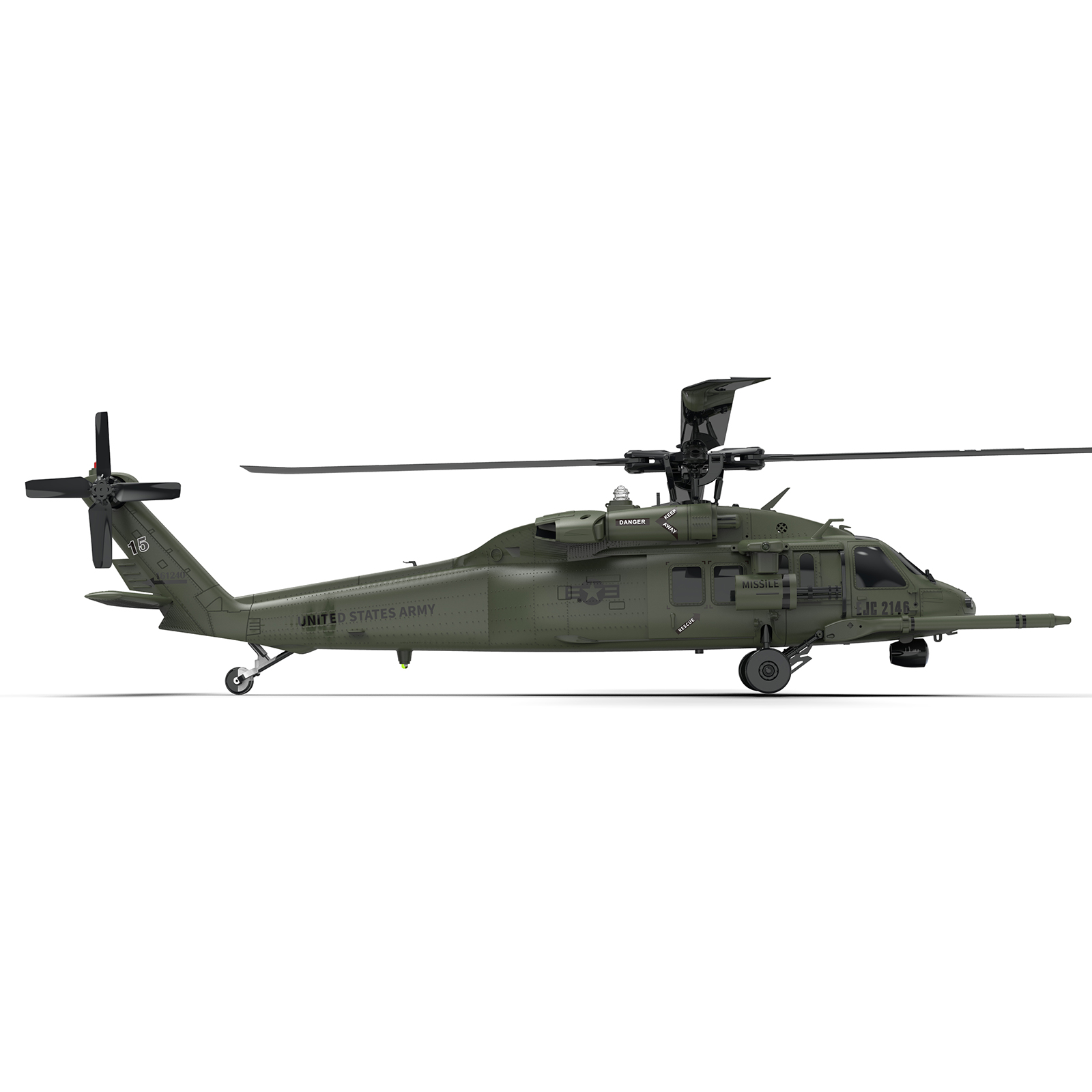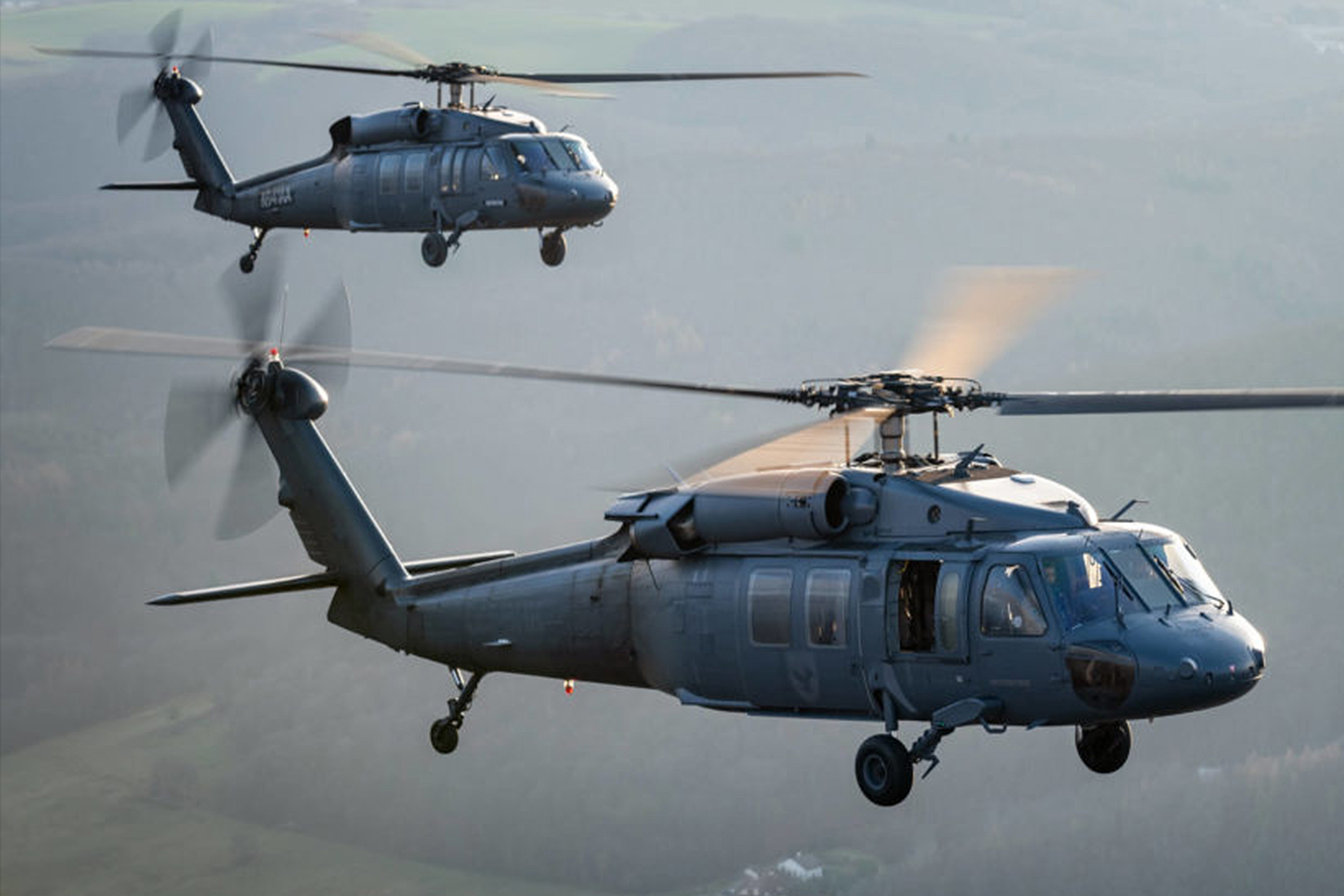The UH60: A Comprehensive Overview to Its Abilities and Innovations
The UH-60 helicopter, a foundation of U.S. Army aviation considering that its creation, exhibits a blend of flexibility and advanced design. Understanding the full extent of the UH-60's advancement discloses insights into the future of military aeronautics and the obstacles that lie ahead.
Summary of the UH60
The UH-60 Black Hawk is a versatile multi-role helicopter made to support a large range of armed forces operations. Created by Sikorsky Aircraft in the late 1970s, the Black Hawk has actually considering that become a keystone of U.S. Military aviation and has actually been embraced by various army forces internationally. Its design highlights rate, agility, and the ability to operate in varied atmospheres, making it ideal for missions varying from troop transport to medical emptying.
The helicopter includes a robust airframe and progressed avionics, which improve its operational efficiency in both night and day problems. Its twin-engine configuration ensures dependability and exceptional performance, enabling it to execute in challenging scenarios, consisting of hot and high-altitude weather condition settings. The Black Hawk's large cabin can suit numerous hauls, permitting for flexibility in mission execution.
Throughout the years, the UH-60 has undertaken numerous upgrades, including technical improvements to enhance its capacities. UH60. This flexibility guarantees that the Black Hawk remains relevant in the advancing landscape of army procedures, keeping its standing as a crucial possession for armed pressures all over the world. Its extensive functional background emphasizes its relevance in contemporary armed forces aviation
Trick Capabilities
Amongst the numerous characteristics that contribute to the UH-60 Black Hawk's withstanding success is its excellent selection of key capacities. Popular for its flexibility, the UH-60 stands out in different functional settings, fulfilling roles such as army transport, clinical discharge, and logistical support. Its ability to lug a significant haul, generally up to 11 soldiers or as much as 8,000 extra pounds of cargo, boosts its efficiency in diverse missions.
The helicopter's remarkable rate, with a maximum travelling rate of around 150 knots, enables quick implementation and extraction of workers. Additionally, the UH-60 flaunts sophisticated maneuverability, allowing it to navigate tough terrains and do vital missions in constrained spaces.
Geared up with robust avionics and flight control systems, the Black Hawk makes sure trustworthy performance under damaging weather condition conditions and throughout evening operations. Its variety, approximately 400 maritime miles, further prolongs functional capabilities, enabling it to get to remote places successfully.
Technological Developments
Incorporating advanced modern technology, the UH-60 Black Hawk has actually gone through substantial advancements that boost its operational efficiency and safety and security. Among one of the most noteworthy improvements is the assimilation of advanced avionics systems, which includes digital trip control systems and multifunction displays - UH60. These systems supply pilots with real-time information, boosting situational awareness and decision-making during missions
Furthermore, the Black Hawk attributes enhanced communication systems that facilitate seamless sychronisation with ground forces and command centers. These systems, consisting of satellite communications and secure voice abilities, make sure trustworthy connection in varied functional environments.
The airframe has actually also been updated with improved composite materials, which lower weight while raising structural integrity. This advancement contributes to improved gas effectiveness and general performance. In addition, the helicopter is equipped with sophisticated blades innovation, consisting of the four-blade major blades system, created to maximize lift and decrease sound.
The incorporation of night vision goggles (NVG) suitable cockpit and exterior illumination systems permits improved night procedures, additionally increasing goal abilities. Overall, these technological innovations place the UH-60 Black Hawk as a flexible and resilient system, all set to satisfy the difficulties of modern war and humanitarian goals.
Functional History
Considering that its intro in the late 1970s, the UH-60 Black Hawk has actually developed a distinguished operational history defined by its flexibility and dependability across a diverse variety of objectives. Designed for energy transport, the Black Hawk has played a pivotal duty in various army procedures, including air attack, medevac, and logistical assistance.
The airplane acquired prestige throughout the U.S. army interventions in Panama and the Gulf Battle, showcasing its capability to carry out under extreme problems. Its innovative avionics and durable design have allowed successful goals in environments ranging from urban landscapes to tough surfaces. The UH-60 has adjusted to advancing fight situations, incorporating brand-new modern technologies and capacities over the years.
Additionally, the Black Hawk has offered allied pressures in various global disputes, reinforcing its condition as a global armed forces asset. Humanitarian goals, disaster relief efforts, and peacekeeping procedures further highlight its flexibility and dedication to offering both armed forces and noncombatant demands. Today, the UH-60 continues to be an essential element of U.S. Army air travel, mirroring a tradition of operational quality and technology that has withstood for over 4 years.
Future Developments

As the UH-60 Black Hawk remains to support its heritage in armed forces procedures, future growths are poised to improve its abilities better. The U.S. Army this content and its companions are checking out innovative modern technologies that intend to enhance both performance and adaptability. Key locations of focus consist of improved avionics, enhanced engine performance, and enhanced haul capability, which will enable the Black Hawk to perform a wider variety of objectives.
One significant development is the integration of expert system (AI) systems to assist pilots in navigation and mission planning, consequently lowering cognitive work and increasing operational performance. Additionally, the incorporation of innovative materials in airframe style is expected to improve toughness while simultaneously reducing weight.


As the army landscape develops, the Black Hawk will continue to adjust, strengthening its standing as a vital property for air flexibility and combat operations in the years ahead.
Conclusion
The UH-60 helicopter has developed itself as a crucial property within the U.S. Army aeronautics framework, characterized by its versatility and progressed technical features. Its capabilities in troop transport, medical evacuation, and logistical support underscore its relevance in different operational contexts. Constant innovations, including the integration of AI and hybrid-electric systems, place the UH-60 for enhanced performance in future fight scenarios. As military demands evolve, the UH-60 will stay a cornerstone of aerial procedures.

Comments on “How the UH60 Revolutionized Armed Force Aviation with Its Versatility and Durability”